Helping to Secure Our Water Future
A bright and sustainable future in the West requires that communities integrate land and water policy decisions. The Babbitt Center for Land and Water Policy is working to secure our water future.
We understand the importance of water. You can’t live through a summer in Phoenix without understanding that water is a matter of life and death.
The flow of the Colorado River has dwindled to historically low levels, threatening the future of the entire American West.


of Water Use is Residential

of Water Use is Commercial
At the end of the day the challenge of sustainability for Phoenix—maybe for everywhere—is not a challenge of geography or of climate. It’s a challenge of politics.
An economy based on growth made the city vulnerable to the housing crash of 2008. But the recession is resulting in a more diversified economy.

Arizona Jobs Lost

Arizona Jobs Lost in Recession

They know this place. And with that comes a resilience and adaptability to this environment.
Resilient and drought-tolerant, tepary beans are native to the desert Southwest, grown by Native peoples since pre-Columbian times. But when the Pima and Maricopa tribes of the Phoenix region lost access to their water, cultivation of the beans nearly disappeared. Now, with water restored, the beans are making a comeback—and so are their growers.
A bright and sustainable future in the West requires that communities integrate land and water policy decisions. The Babbitt Center for Land and Water Policy is working to secure our water future.
As the global water crisis intensifies, the Colorado River Basin is poised to become a model for how to bring together stakeholders representing agriculture, urban areas, and the natural environment.
With a widening gap between water supply and demand on the Colorado River, the water resources upon which land use, planning, and development depend are more vulnerable than ever. This StoryMap is a primer on the river's challenges and opportunities.
Nineteen years after it began, a record-setting drought is still choking the Colorado River Basin. The so-called “Millennium Drought” is now recognized as the worst of the past century.
The Urban Water Demand Roundtable (UWDR) is a convening of practitioners, consultants, and academics engaged in water demand research. The results produced by UWDR offer a unique synthesis and dissemination of expert knowledge, opinions, and insights.
The initial configuration of new development has a significant influence on overall water use. It is essential that water demand be incorporated in an early stage of the development approval process to create more water-efficient communities.
We build communities; we provide an enhanced piece of shelter. It’s not just four walls; it’s four walls plus a lifestyle.
The costs of sprawl are also felt in once-vibrant inner neighborhoods, which have become abandoned and isolated as the city’s resources, people, and attention shift increasingly to the fringe.
When the rain comes in Tucson, AZ, it often comes in the form of torrential downpours, causing damaging floods. This is a perhaps ironic challenge, given that it’s part of a larger region working to ensure that there is enough water to go around.
Over the past 40 years, economic inequality in the United States has returned to levels last seen in the 1920s. This gap has become more pronounced in many cities where wealth and poverty are concentrated geographically.
The emergence of big data is making possible new measurements that can inform how state transportation agencies plan and manage their projects.
Cities are organic, living, breathing entities, that become interesting not by fiat but by incremental growth of small, cool things and by experimentation.
Phoenix is now the fifth-largest city in America, but its modest downtown does not reflect this. Low population density and high commercial property taxes have hampered the rise of a vibrant urban core. While some city leaders are working to create a denser and more energetic downtown, others prefer a more gradual, organic approach.
Across the arid and rapidly urbanizing Southwestern United States, planning for the future availability of water has taken on a new urgency in the face of multiyear drought, trends toward higher temps, and the uncertainty of climate-related changes
By making smart decisions about water before development begins, municipalities and counties can better equip themselves to deal with water scarcity and other challenges.
Molly Metzger didn’t plan to become an expert on tax increment financing (TIF), much less lead a citizens’ group focused on the issue.
Good-government advocates across the ideological spectrum are hoping a new accounting rule will shed light on the costs of property tax incentives for business, following years of public skepticism about the purported economic benefits.
Imagery in the above videos are courtesy of the following:
Roads and Rails: City of Phoenix.
Seeds and Water: Arizona Historical Society; Central Arizona Project; Gila River Indian News; High Country News; Imagn.
Superstition Vistas: Fregonese Associates, Inc.
Taxes and Towers: Arizona State University; Dibble Engineering; Pond5; Tom Carlson/Phoenix New Times.
The Water Game: Arizona Capitol TV; Arizona Governors Office; AZ Central/Imagn; Brigham Young University Museum of Art; Central Arizona Project; Pima County Arizona; Pond5; Pueblo Grande Museum, City of Phoenix, Artist’s rendition of the Hohokam canals by Michael Hampshire; Shutterstock.
Click here to watch the entire 2003 film Phoenix: The Urban Desert, a documentary film produced by Northern Light Productions and the Lincoln Institute of Land Policy.